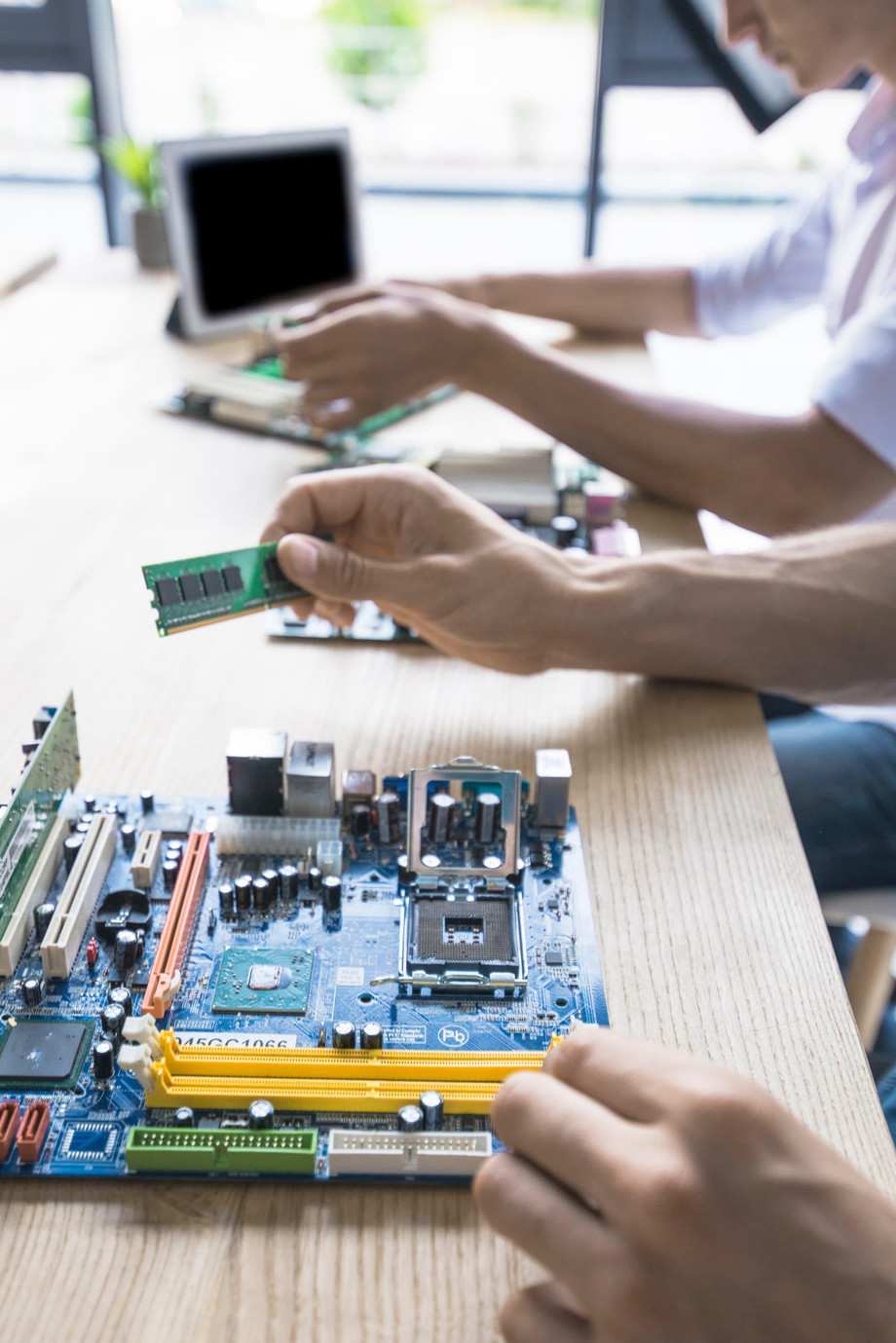The fast changing nature of healthcare today makes it imperative to include cutting edge technology to enhance overall results, operational effectiveness, and patient care. These innovations are made possible in large part by embedded software solutions, which provide customized applications that improve monitoring systems, diagnostic tools, and medical devices. This blog examines how embedded software solutions can revolutionize the healthcare industry, emphasizing design ideas and tools for development that foster creativity without being dependent on brand names.
Understanding Embedded Software Solutions
Embedded software solutions are specialized programs designed to operate within embedded systems, which are dedicated computing devices that perform specific functions within larger systems or machinery. In the healthcare industry, these solutions are integral to the functionality of medical devices, from bedside monitors to diagnostic imaging systems. They provide real-time data processing, control mechanisms, and connectivity features critical for medical professionals to deliver timely and accurate care.
Benefits of Embedded Software Solutions in Healthcare
-
Enhanced Device Functionality: Embedded software enhances the functionality of medical devices by enabling features such as data analysis, remote monitoring, and integration with electronic health records (EHR) systems.
-
Improved Patient Care: These solutions facilitate faster diagnosis, treatment planning, and monitoring, ultimately improving patient outcomes and reducing medical errors.
-
Operational Efficiency: Healthcare providers benefit from streamlined workflows and automated processes enabled by embedded software, leading to cost savings and improved resource allocation.
Embedded Software Design Principles
Effective design of embedded software solutions in healthcare requires adherence to specific principles to ensure reliability, security, and scalability.
-
Modularity and Reusability: Designing software modules that can be reused across different devices or systems enhances development efficiency and reduces maintenance efforts.
-
Real-Time Performance: Embedded systems often require real-time processing capabilities to respond quickly to inputs and ensure timely actions, which is crucial in critical care settings.
-
Security and Privacy: Given the sensitivity of healthcare data, embedded software must incorporate robust security measures to protect patient information and comply with regulations such as HIPAA.
Tools for Embedded System Software Development
Developing embedded software for healthcare applications necessitates specialized tools that cater to the unique requirements of medical device manufacturers:
-
Integrated Development Environments (IDEs): IDEs like Eclipse or Visual Studio provide comprehensive development environments with debugging tools and simulation capabilities tailored for embedded systems.
-
RTOS (Real-Time Operating Systems): RTOS such as FreeRTOS or QNX offer deterministic scheduling and priority management, essential for meeting stringent real-time requirements in medical devices.
-
Prototyping Platforms: Platforms like Arduino or Raspberry Pi facilitate rapid prototyping and testing of embedded software solutions before deployment in actual medical devices.
Case Studies: Applications in Healthcare
-
Remote Patient Monitoring: Embedded software enables continuous monitoring of vital signs through wearable devices, transmitting data securely to healthcare providers for remote diagnosis and intervention.
-
Diagnostic Imaging: Advanced imaging systems leverage embedded software for real-time image processing, enhancing clarity and enabling precise diagnostic interpretation.
-
Smart Infusion Pumps: Embedded software controls drug delivery rates based on patient-specific parameters, ensuring accurate dosing and reducing medication errors.
Future Trends and Considerations
As healthcare continues to embrace digital transformation, several emerging trends in embedded software solutions are poised to reshape the industry:
-
Internet of Medical Things (IoMT): Integration of IoMT devices powered by embedded software promises interconnected healthcare ecosystems, facilitating data-driven decision-making and personalized patient care.
-
Artificial Intelligence (AI) Integration: AI algorithms embedded within medical devices enhance diagnostic accuracy, predict patient outcomes, and automate routine tasks to optimize clinical workflows.
-
Regulatory Compliance and Standards: Adherence to stringent regulatory frameworks such as FDA guidelines ensures the safety, efficacy, and cybersecurity of embedded software solutions in healthcare applications.
Conclusion
Embedded software solutions represent a cornerstone of innovation in the healthcare industry, enabling transformative advancements in patient care, operational efficiency, and medical device functionality. By adhering to robust design principles and leveraging specialized development tools, stakeholders can navigate the complexities of developing reliable and secure embedded systems tailored to meet the unique challenges of modern healthcare. As technology continues to evolve, the future holds immense promise for embedded software to drive continued improvements in healthcare delivery and patient outcomes.
This blog underscores the importance of adopting advanced embedded software solutions while respecting the confidentiality of product names, avoiding plagiarism, and ensuring informative and original content for our readers.
To Know More About Embedded software solutions

